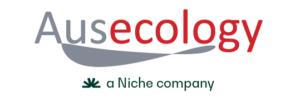Every year, hundreds of injured or sick koalas find refuge at the RSPCA Wildlife Hospital. Here, they receive expert care, rehabilitation, and, when they’re ready, a second chance at life in the wild. But while they recover, these furry patients have a very specific demand: a daily supply of fresh eucalyptus leaves.
The RSPCA’s dedicated browse team constantly seeks out fresh leaves to harvest, but meeting the demand is a big ask for one crew. That’s why Ausecology, in partnership with the Brisbane City Council (BCC) and the RSPCA, is bringing the skills and equipment to help out via a technique called pollarding.
What is pollarding and why do we do it?
While the rescue koalas at the RSPCA are recovering and getting ready to be rehabilitated back into the wild, they need a constant source of eucalyptus leaves—and they have a very picky diet. Koalas only eat fresh leaf cut within the last day or two and need a variety of eucalyptus species in their diet.
To ensure a constant supply of eucalyptus fodder, the BCC and Ausecology are working together to manage the largest eucalyptus plantation in Brisbane. Through this plantation, Ausecology can provide a valuable supplementary supply on top of what the RSPCA’s browse team already cuts for animals in their care. Ausecology’s efforts also provide a steady supply of fresh leaf to the koala carer network around south-east Queensland.
At this plantation, the Ausecology team prunes hundreds of eucalyptus trees in a method called pollarding. Pollarding involves trimming the tops of trees, as well as larger branches, to encourage new growth on a regular basis. This technique keeps the eucalyptus trees producing fresh leaves, and these new shoots are perfect for a koala’s picky diet.
Knowing which eucalyptus trees to harvest is a skill in itself; pollarding and harvesting are careful balancing acts between pruning the right amounts in the right places to encourage young, healthy growth, while still ensuring we harvest enough fodder now to keep the koalas fed and happy while on their road to recovery.
After the trees have been located and harvested, the fodder is chopped into smaller pieces, loaded into an Ausecology vehicle, and driven down to the RSPCA Wildlife Hospital.
Once the Ausecology team arrives at the RSPCA, the fodder is unloaded and sorted by age and species. The team at the RSPCA tracks how much of each species they have, keeping a variety of options available. After the fodder has been unloaded, the RSPCA team of wildlife experts then take the fodder for a final wash and inspection before giving it to the koalas.
Why this work matters now more than ever
The inspiring work that the Brisbane City Council and the RSPCA are doing to rescue and protect one of Australia’s most iconic species is more important than ever as we come into koala breeding season; during this time, koalas are more active than normal and young koalas are also getting ready to find a home of their own. Ausecology is proud to be a part of this collaboration and it’s so rewarding to see our harvesting and pollarding services be utilised in such a meaningful way.

